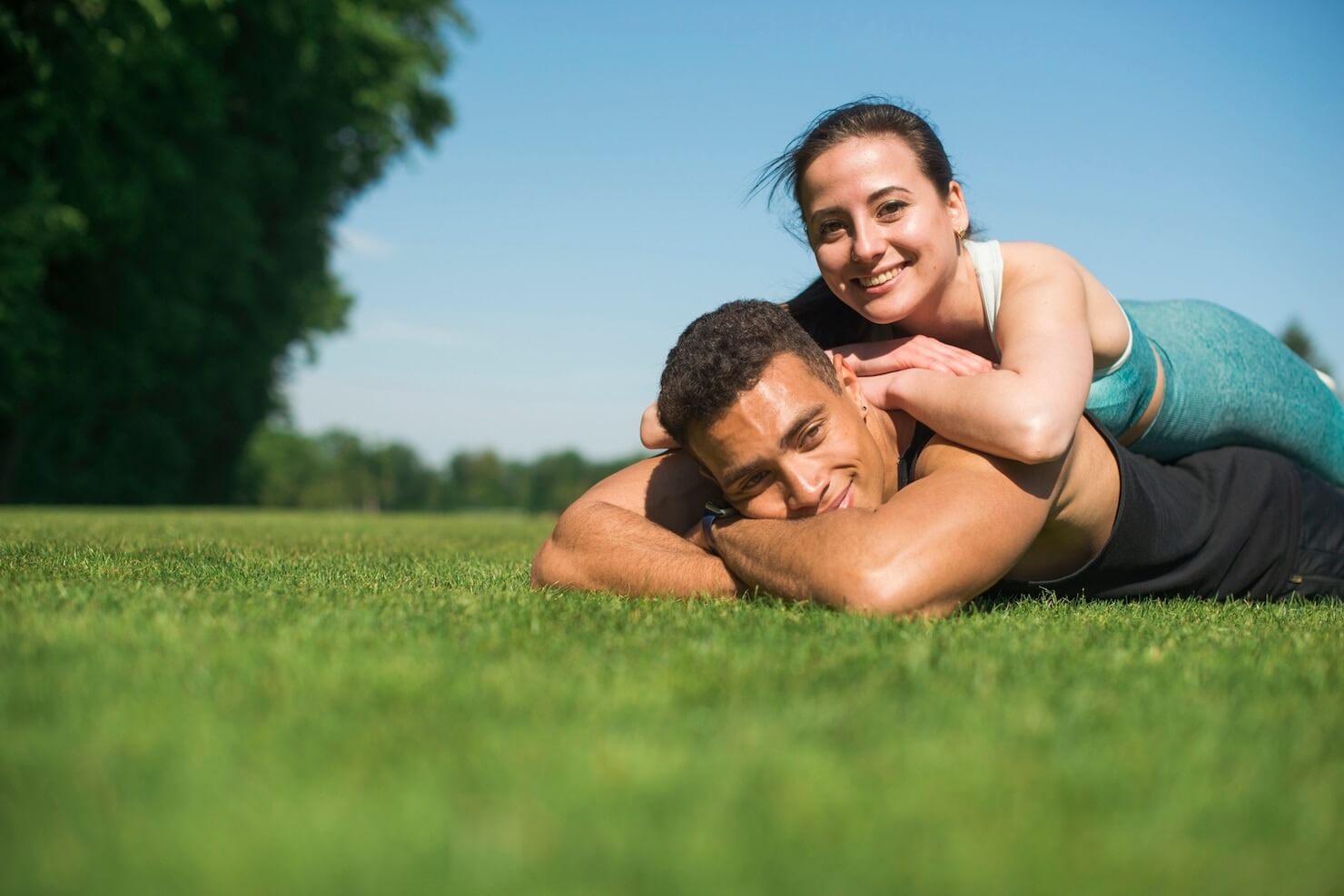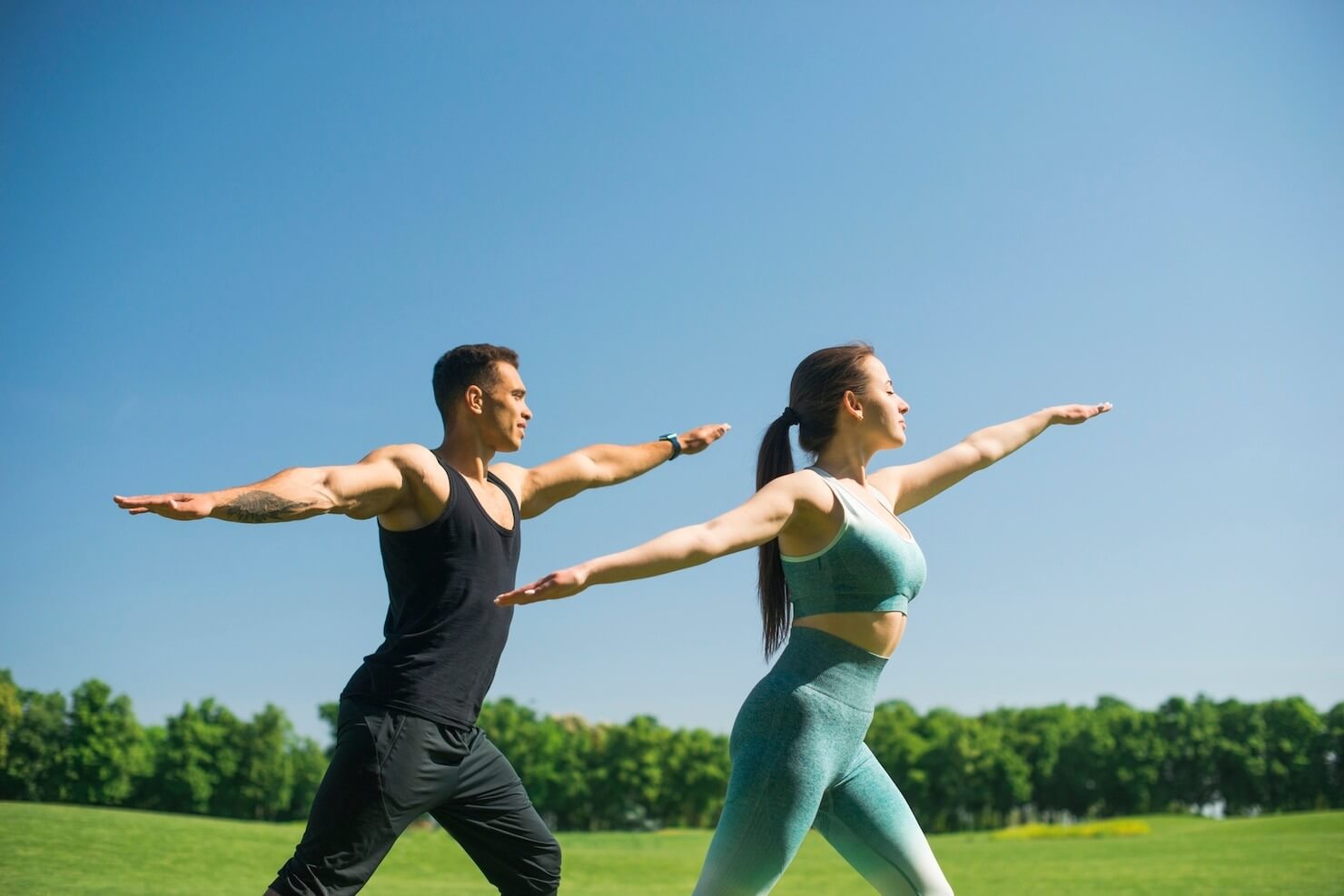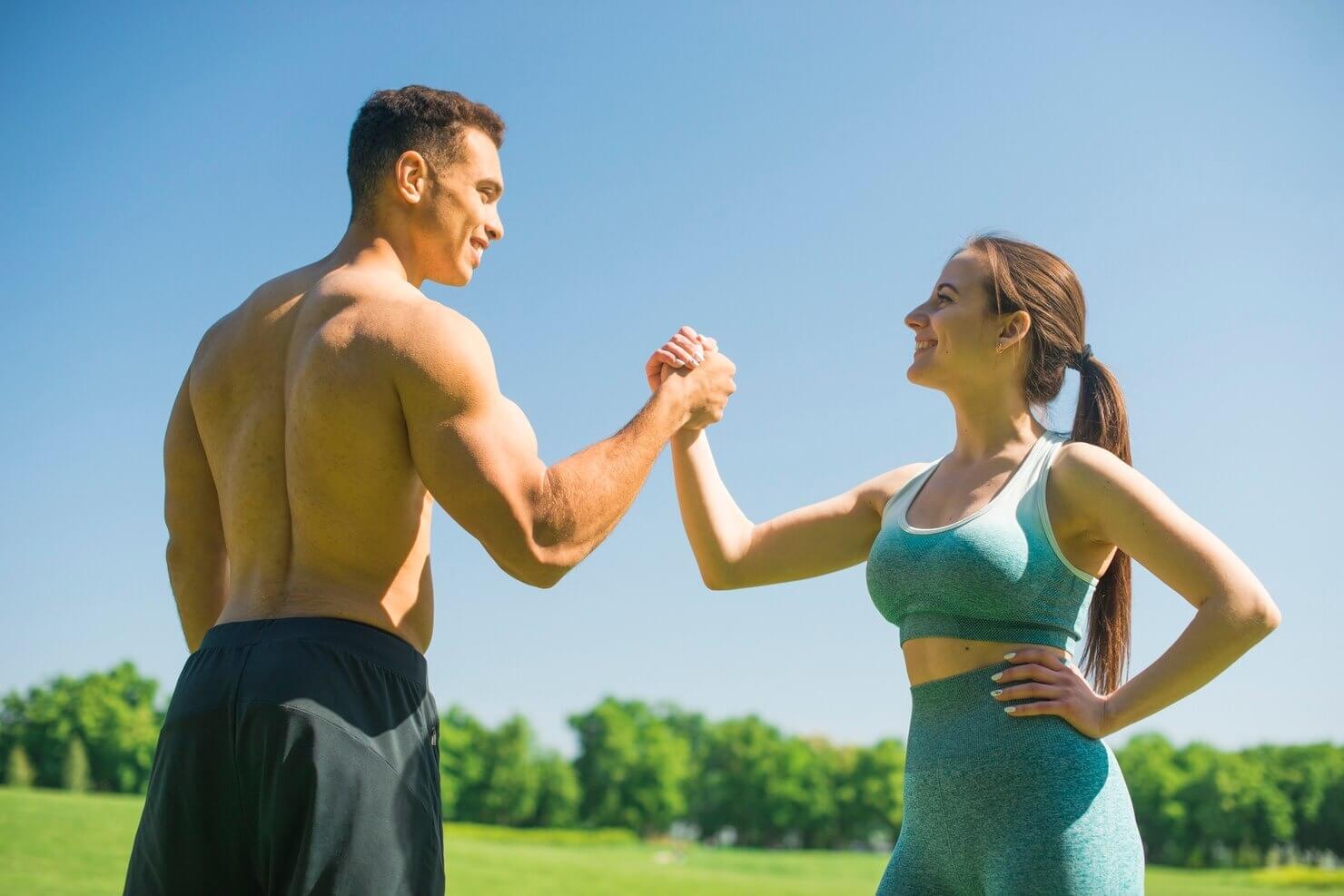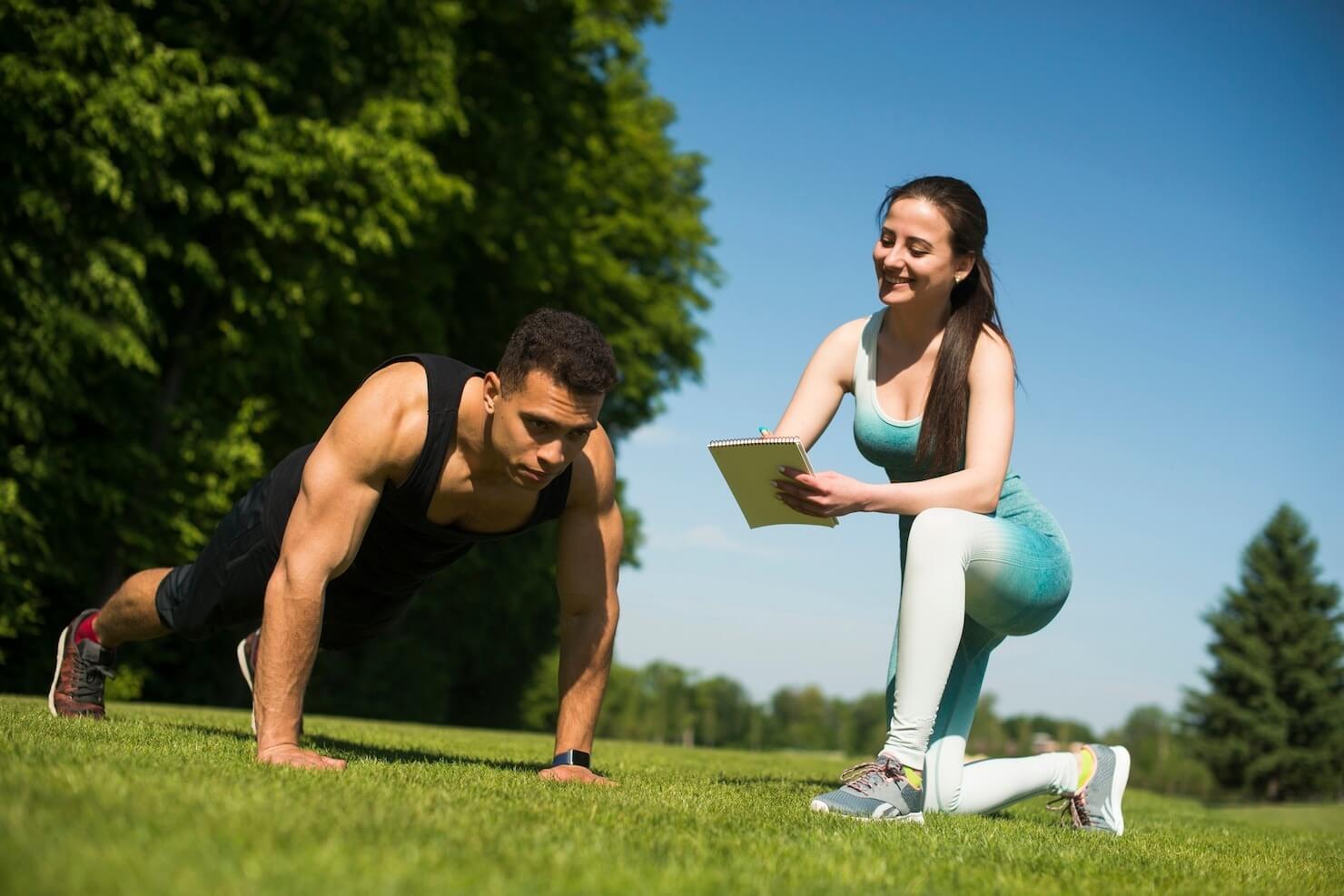In a world dominated by gym memberships, high-tech fitness gadgets, and indoor workout trends, it’s easy to forget about the most accessible, effective, and natural exercise environment: the outdoors. Outdoor exercise offers a range of physical, mental, and emotional benefits that are hard to replicate in a gym setting. The fresh air, changing scenery, and connection to nature enhance both the intensity and enjoyment of your workout.
This article explores the many advantages of outdoor exercise and offers practical tips for incorporating outdoor workouts into your routine.
1. Enhanced Physical Benefits
Exercising outdoors introduces your body to varying terrain, wind resistance, and changing environmental factors that can challenge your muscles in ways a gym can’t replicate. Running on uneven surfaces, hiking uphill, or cycling through windy conditions engages stabilizer muscles and forces your body to adapt, improving balance, coordination, and strength.
Burn More Calories:
Outdoor workouts often involve more energy expenditure due to unpredictable terrain and natural elements like wind. For instance, running on trails or beaches can burn more calories than running on a flat treadmill indoors.
Full-Body Engagement:
When you exercise outdoors, especially on varied surfaces, your body recruits more muscles for balance and movement. Activities like trail running or cycling engage your core, legs, and upper body, leading to a more comprehensive workout.
2. Improved Mental Health

Outdoor exercise provides substantial mental health benefits, including reduced stress, improved mood, and increased feelings of well-being. Nature has a calming effect on the brain, and exposure to natural environments can reduce anxiety and depression.
Reduced Stress Levels:
Studies have shown that spending time in nature helps lower cortisol levels, the hormone associated with stress. Combining exercise with time spent outdoors amplifies this effect, leaving you feeling more relaxed and refreshed.
Boosted Mood and Happiness:
The combination of physical activity and natural surroundings triggers the release of endorphins, which are chemicals in the brain that promote feelings of happiness and well-being. Outdoor exercise can be a natural remedy for anxiety and depression.
Better Mental Clarity:
Being outdoors can sharpen focus and mental clarity. The combination of fresh air, sunlight, and moving through a natural environment can help clear your mind, making you more productive and creative after your workout.
3. Increased Vitamin D Intake
One of the most significant advantages of outdoor exercise is the opportunity to soak up sunlight, which helps your body produce vitamin D. This essential vitamin plays a crucial role in maintaining bone health, regulating mood, and supporting the immune system.
Support Bone Health:
Vitamin D helps the body absorb calcium, which is essential for strong bones and teeth. Regular exposure to sunlight while exercising outdoors can help prevent bone-related issues like osteoporosis.
Boost Immune Function:
Vitamin D also plays a key role in supporting the immune system. Regular exposure to natural sunlight can help your body fight off infections and reduce the risk of chronic diseases.
Mood Regulation:
Low levels of vitamin D have been linked to mood disorders like depression. Exercising outdoors can naturally boost your mood by increasing your vitamin D levels, helping to improve emotional well-being.
4. Cost-Effective and Accessible

One of the greatest advantages of outdoor exercise is that it’s free and readily accessible to everyone. You don’t need an expensive gym membership or fancy equipment to get in a good workout. Whether you prefer running, walking, hiking, or bodyweight exercises, outdoor workouts can be customized to fit any fitness level or preference.
No Membership Fees:
With outdoor exercise, the world is your gym. Whether you’re running in a park, cycling through your neighborhood, or doing yoga in your backyard, you don’t need to worry about paying monthly fees or maintaining expensive equipment.
Variety and Flexibility:
Outdoor exercise offers endless variety. Unlike the predictable routine of the gym, outdoor workouts can take you to new locations, introducing different terrains and challenges. This variety keeps your workouts exciting and prevents boredom.
5. Improved Social Connections

Exercising outdoors can foster social connections, whether you join a group fitness class at the park, meet a friend for a walk, or participate in outdoor sports like tennis or soccer. Socializing while exercising enhances your experience and can make it more enjoyable, increasing your chances of sticking to a regular routine.
Join a Fitness Community:
Many parks and outdoor spaces host free or low-cost fitness classes, such as yoga, boot camps, or running clubs. Joining a fitness community not only helps you stay motivated but also allows you to meet like-minded people.
Workout with Friends:
Outdoor exercise is a great way to spend time with friends and family. Whether you’re hiking, playing a sport, or simply walking together, working out with others strengthens social bonds and provides accountability.
6. Greater Connection with Nature
Spending time in nature while exercising offers a unique sense of freedom and relaxation that indoor environments can’t match. Nature helps reduce mental fatigue and increases your sense of calm and well-being.
Grounding and Mindfulness:
Exercising outdoors allows you to practice mindfulness by tuning into your surroundings. The sights, sounds, and smells of nature can help ground you in the present moment, making your workout more meditative and enjoyable.
Scenic Motivation:
The changing scenery of outdoor environments can make your workout more engaging. Whether you’re running on a beach, hiking through a forest, or cycling along a scenic trail, nature’s beauty can serve as motivation to keep moving.
7. Boosts Creativity and Focus
Outdoor exercise has been linked to improved cognitive function and creativity. Research shows that exposure to nature can boost problem-solving skills, enhance focus, and stimulate creativity, making it an excellent choice for those who work in creative fields or have demanding mental tasks.
Enhanced Focus:
Taking your workout outside can clear your mind, improve concentration, and boost productivity. Whether you’re tackling a work project or solving personal challenges, outdoor exercise can provide a mental refresh.
Creativity Boost:
The sights and sounds of nature can spark creativity. If you’re feeling stuck in a creative rut, taking a walk or run outside may provide the inspiration you need to get back on track.
How to Start Incorporating Outdoor Exercise

If you’re used to indoor workouts or are new to exercising, getting started with outdoor fitness is simple. Here are a few tips to help you begin:
1. Start Slow:
If you’re new to outdoor exercise, start with simple activities like walking, jogging, or bodyweight exercises in a nearby park. Gradually increase the intensity and duration of your workouts as your fitness level improves.
2. Choose the Right Environment:
Find outdoor spaces that you enjoy and feel comfortable in. Whether it’s a park, beach, hiking trail, or your backyard, exercising in a setting that you love will make your workout more enjoyable.
3. Dress Appropriately:
Wear appropriate clothing for the weather and terrain. Lightweight, breathable fabrics are ideal for warm weather, while layers and moisture-wicking materials work best for cooler conditions.
4. Be Prepared:
Bring essentials like water, sunscreen, and a hat to protect yourself from the elements. If you’re running or walking long distances, consider carrying a small backpack with snacks and hydration.
5. Set Goals:
Setting fitness goals can help you stay motivated. Whether it’s running a certain distance, hiking a challenging trail, or mastering a new bodyweight exercise, having goals will keep you focused and committed to your outdoor fitness routine.
Conclusion
Outdoor exercise offers a wide array of physical, mental, and emotional benefits that extend beyond the walls of a gym. From improved mental health and increased vitamin D intake to the cost-effectiveness and accessibility, working out in nature provides a holistic fitness experience. Incorporating outdoor workouts into your routine can boost your overall well-being, reduce stress, and enhance your enjoyment of physical activity. Whether you’re a seasoned athlete or a beginner, the great outdoors offers endless opportunities for achieving your fitness goals.
Frequently Asked Questions (FAQs)
Q1. What are the best types of outdoor exercises?
Some of the best outdoor exercises include running, hiking, cycling, swimming, yoga, and bodyweight exercises like squats, lunges, and push-ups. These exercises can be done in parks, beaches, or even your backyard.
Q2. How can I stay safe while exercising outdoors?
To stay safe, be aware of your surroundings, avoid isolated areas, and always let someone know your workout location if you’re exercising alone. Wear sunscreen, stay hydrated, and dress appropriately for the weather.
Q3. Do I need special equipment for outdoor workouts?
Outdoor exercise often requires little to no equipment. Activities like running, walking, hiking, and yoga can be done with minimal gear. However, you may want to invest in a good pair of running shoes, a yoga mat, or resistance bands for added variety.
Q4. Can outdoor exercise be just as effective as indoor workouts?
Yes, outdoor exercise can be just as effective, if not more so, than indoor workouts. The variety of terrains and natural resistance can challenge your muscles in different ways, while the fresh air and changing scenery keep you motivated and engaged.
Q5. How often should I exercise outdoors?
Aim to exercise outdoors at least a few times a week. You can alternate between indoor and outdoor workouts to keep your routine balanced and varied, while still reaping the benefits of both environments.




